Alpe d'Huez – A history of the most famous 21 turns of the Tour de France
The very first mountain-top finish in the Tour has never failed to live up to its status as the most iconic in the race's history
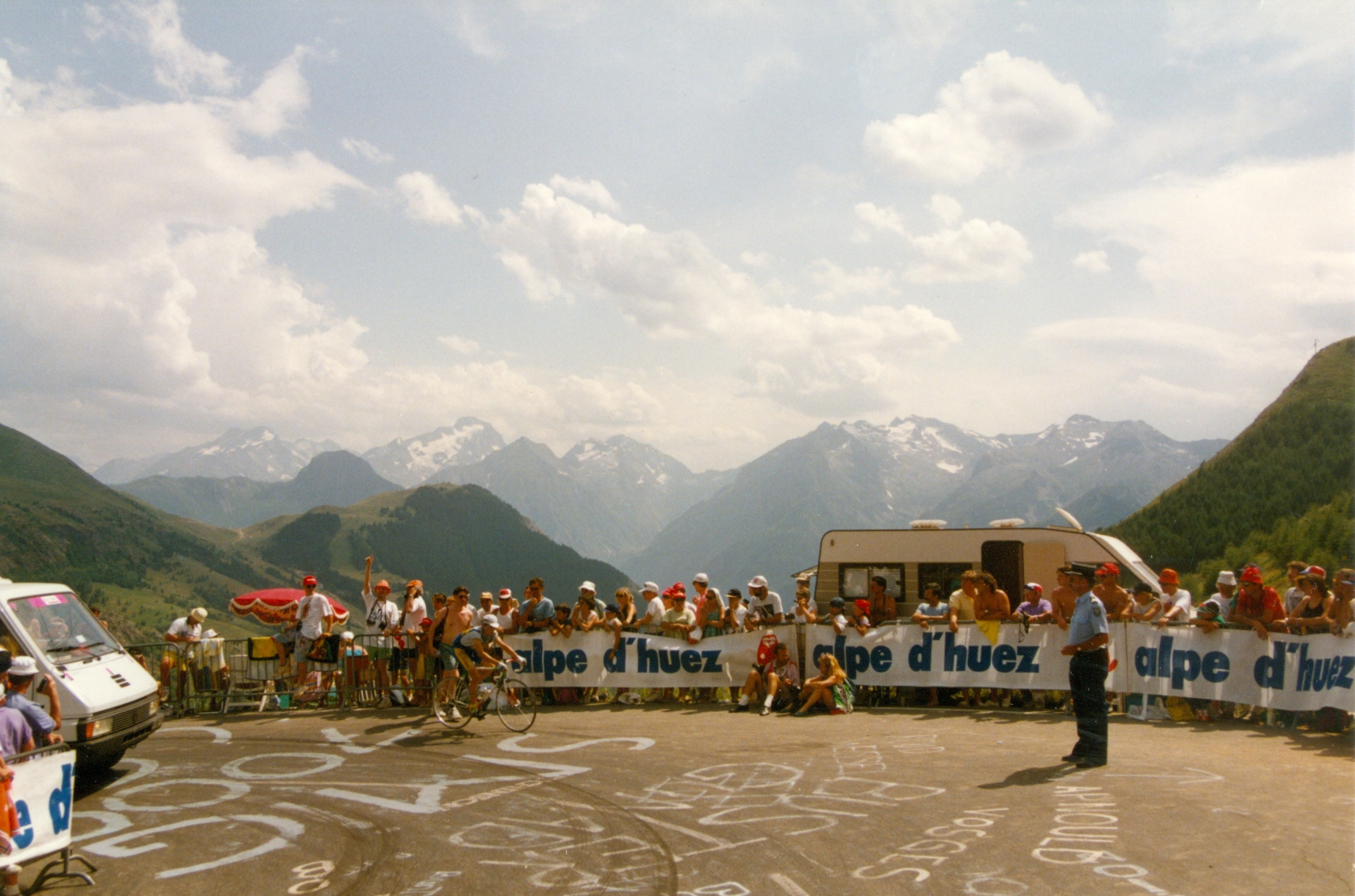
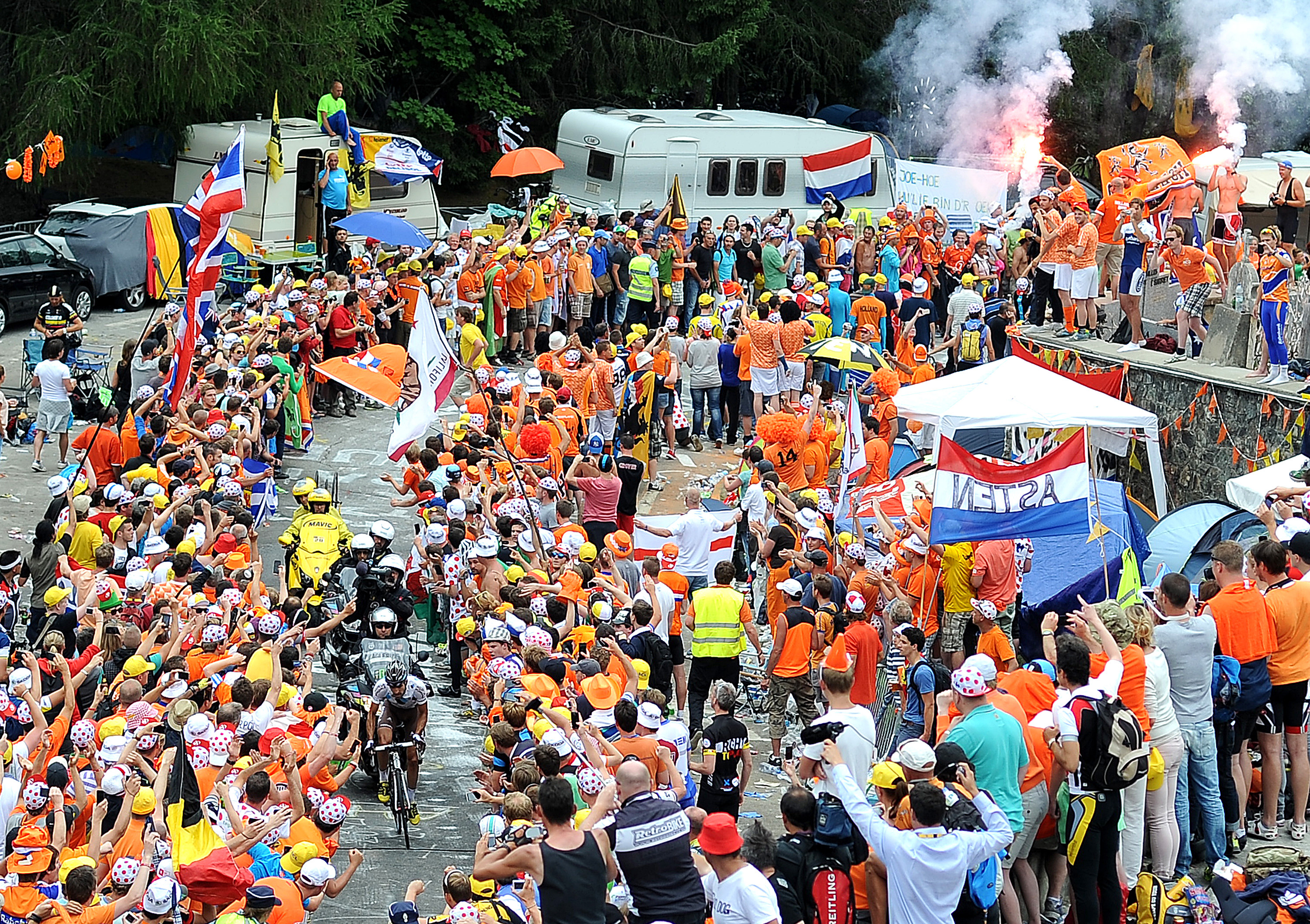
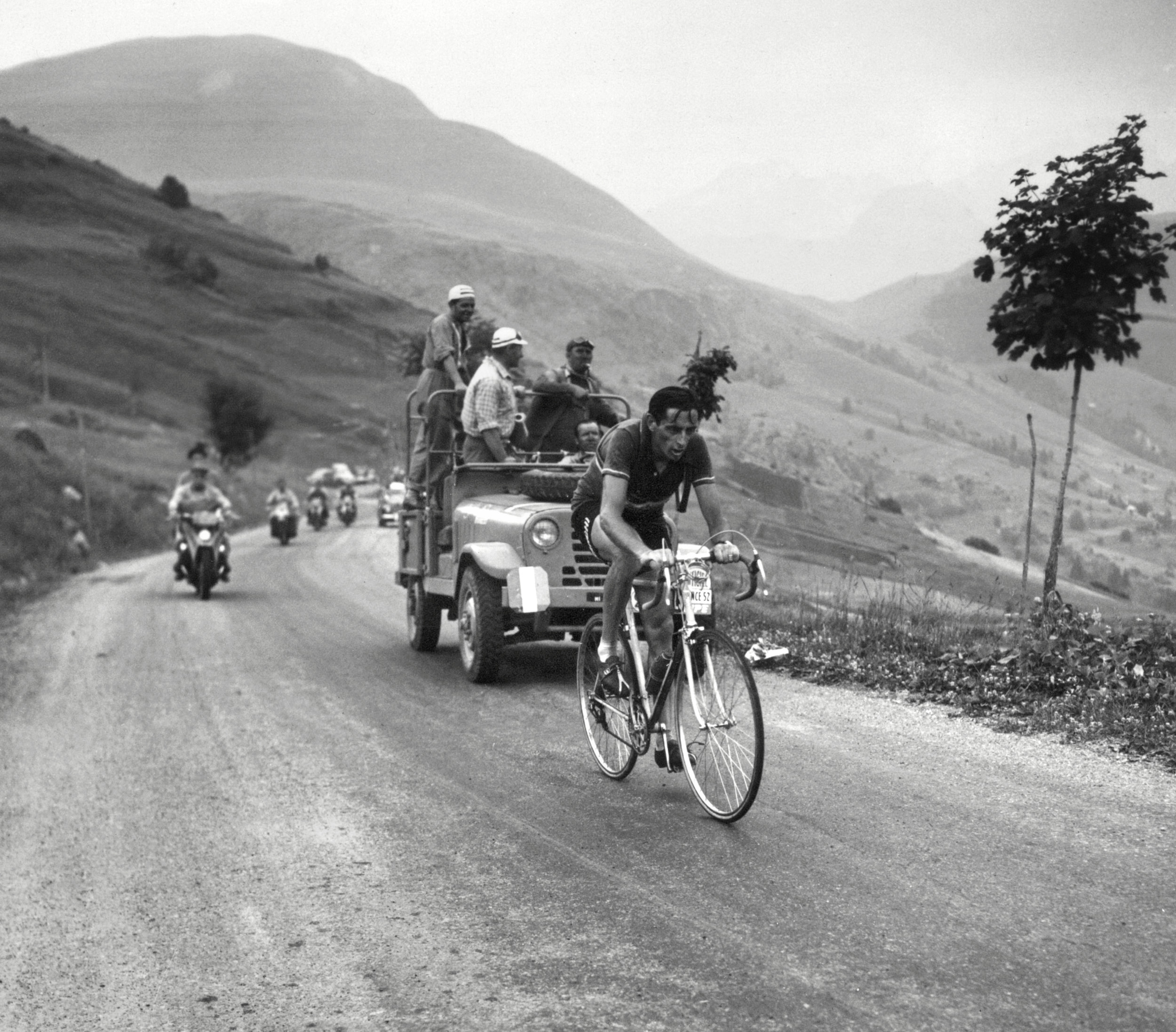
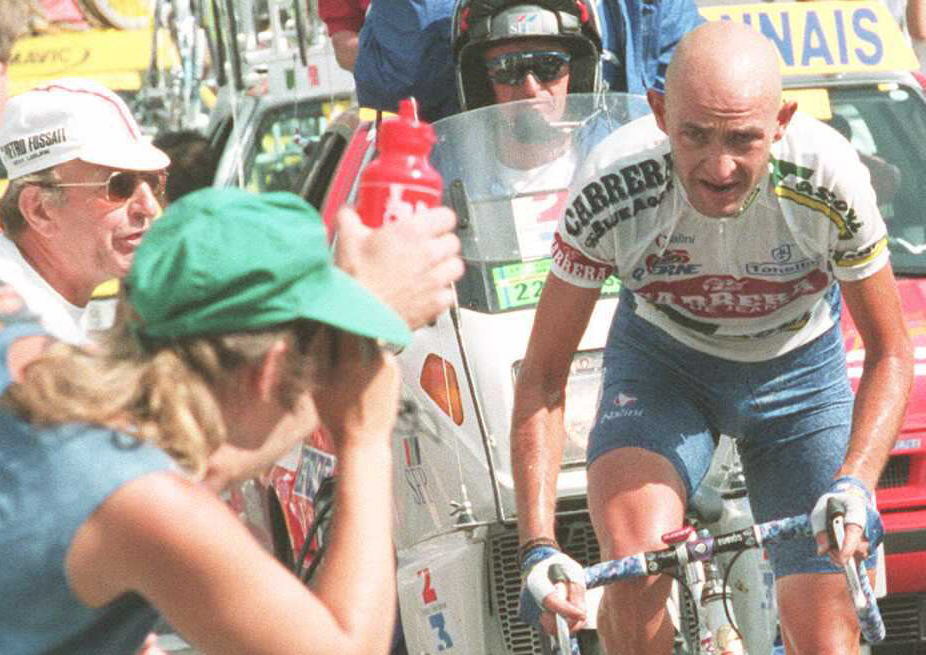
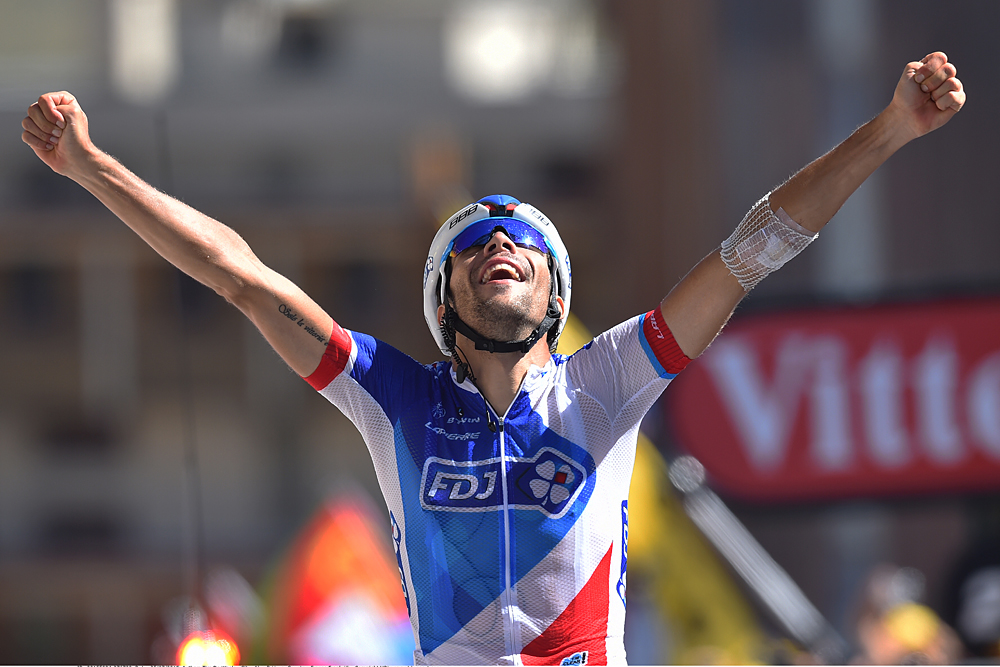
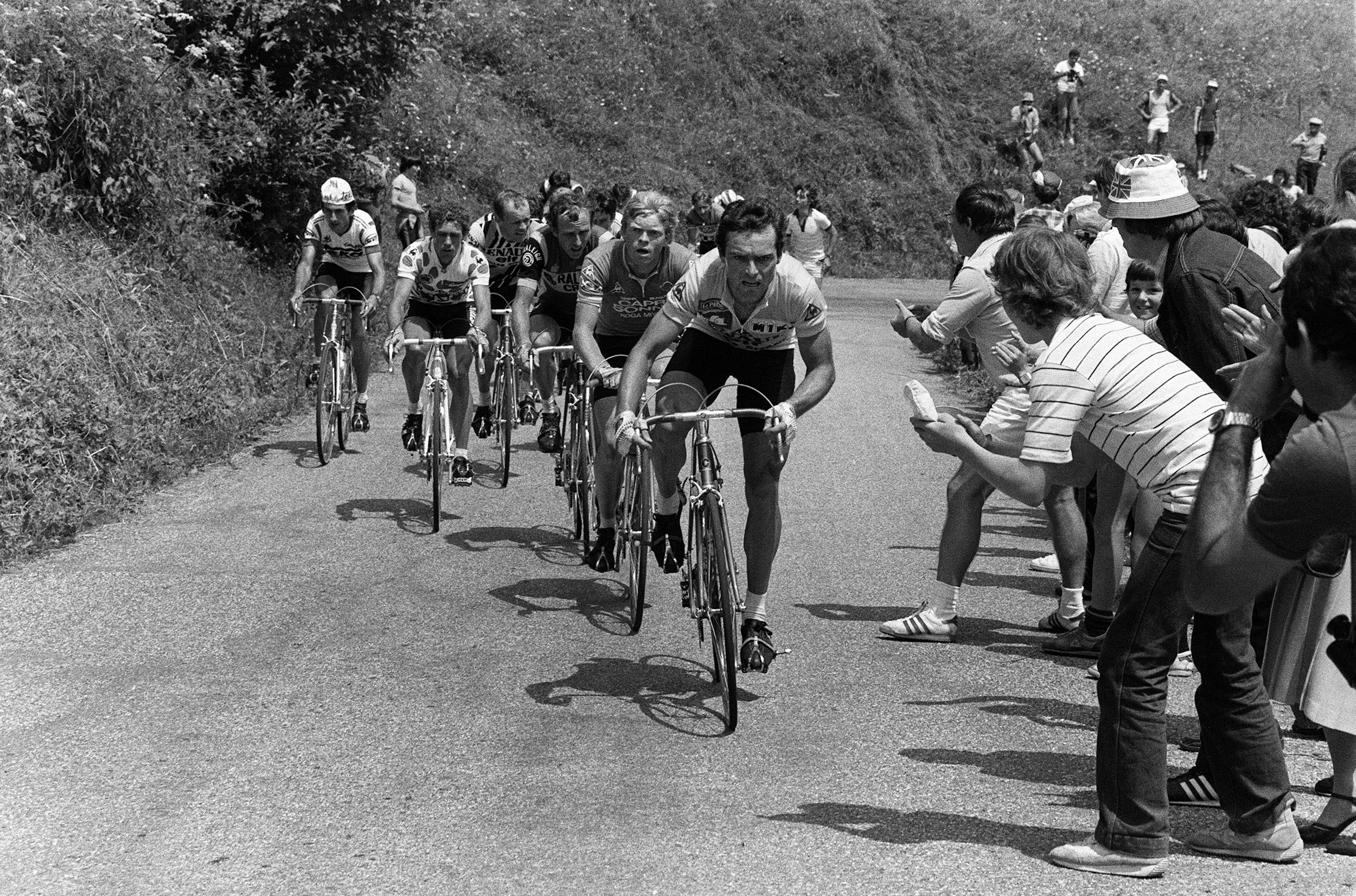
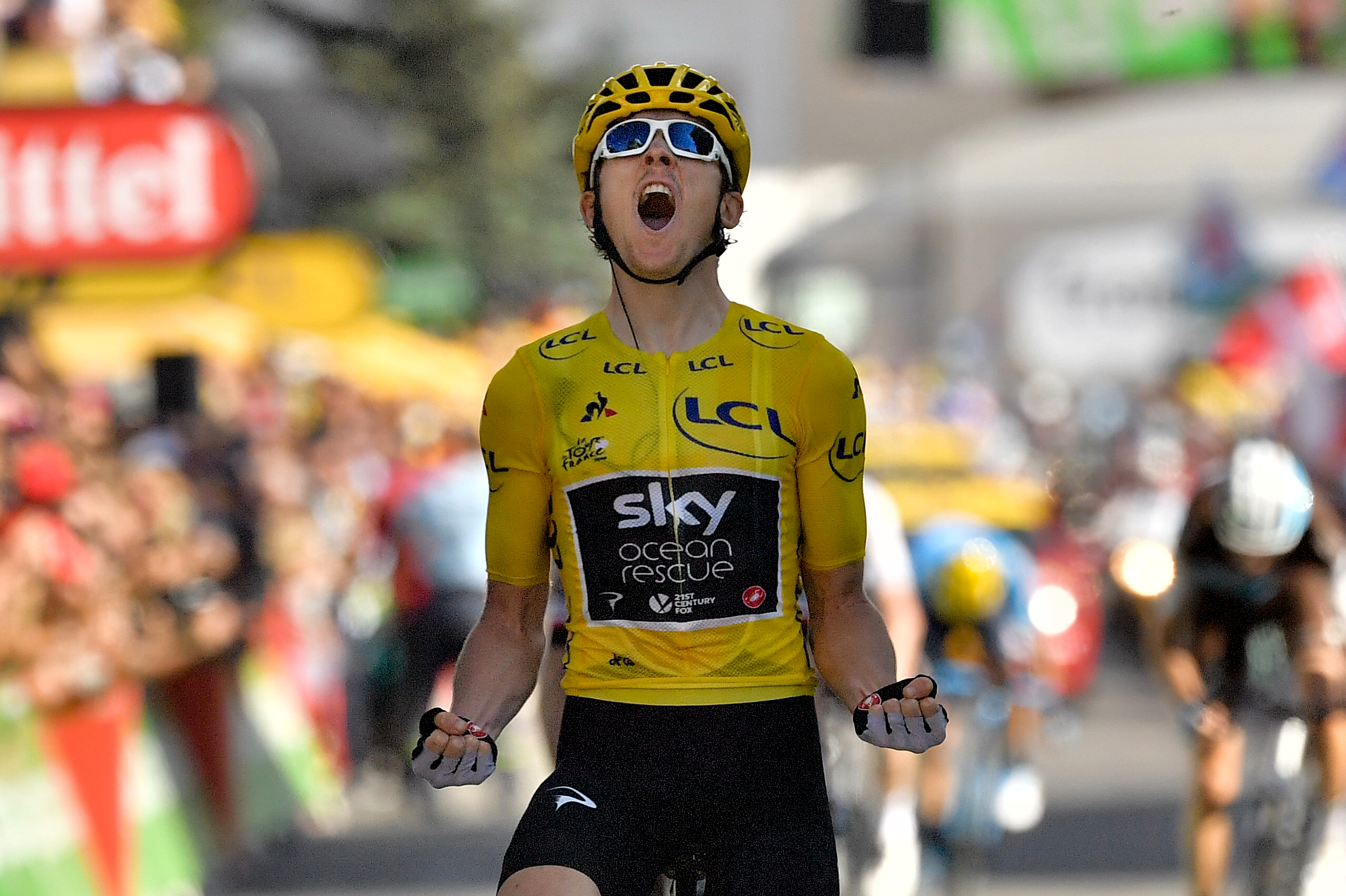
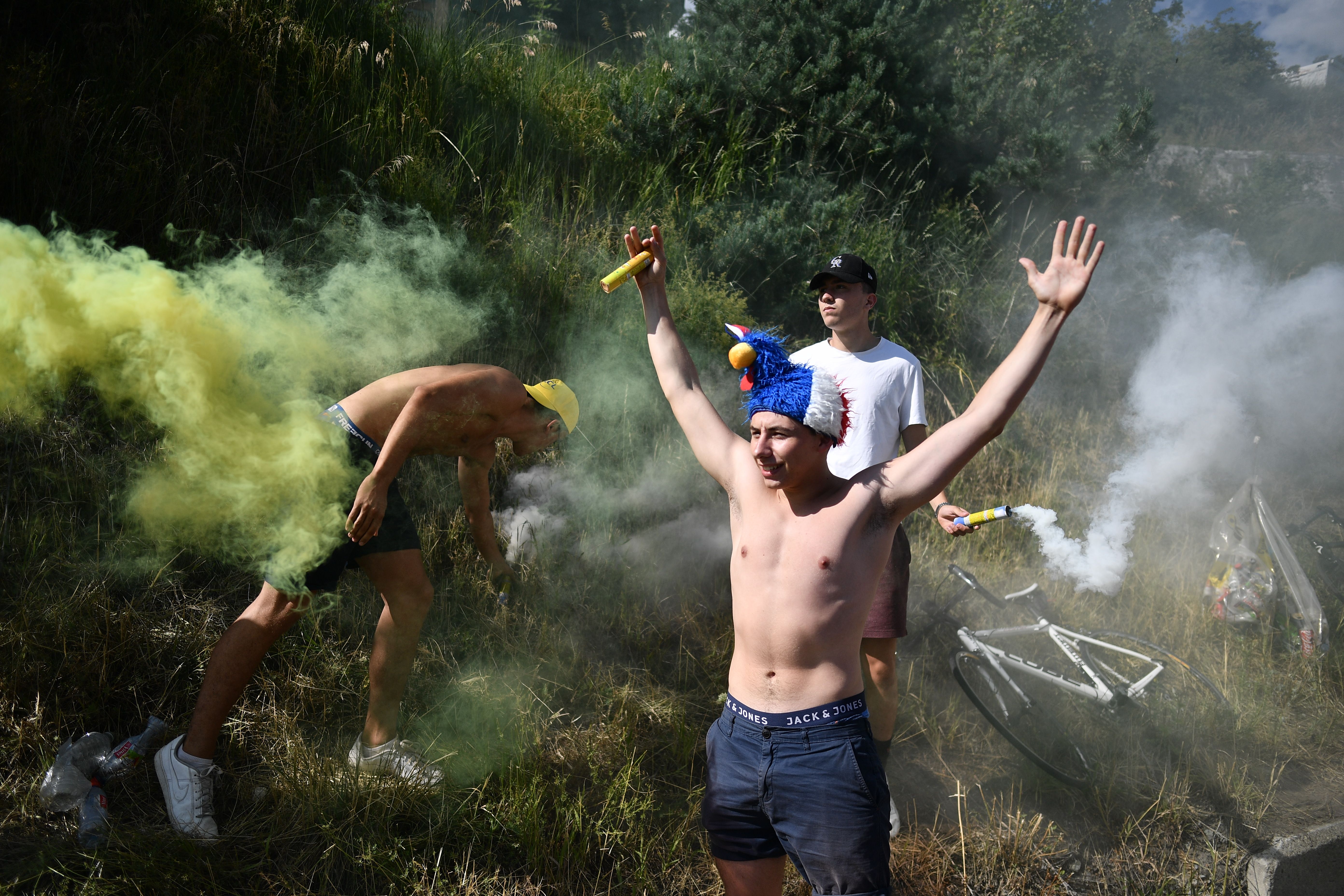
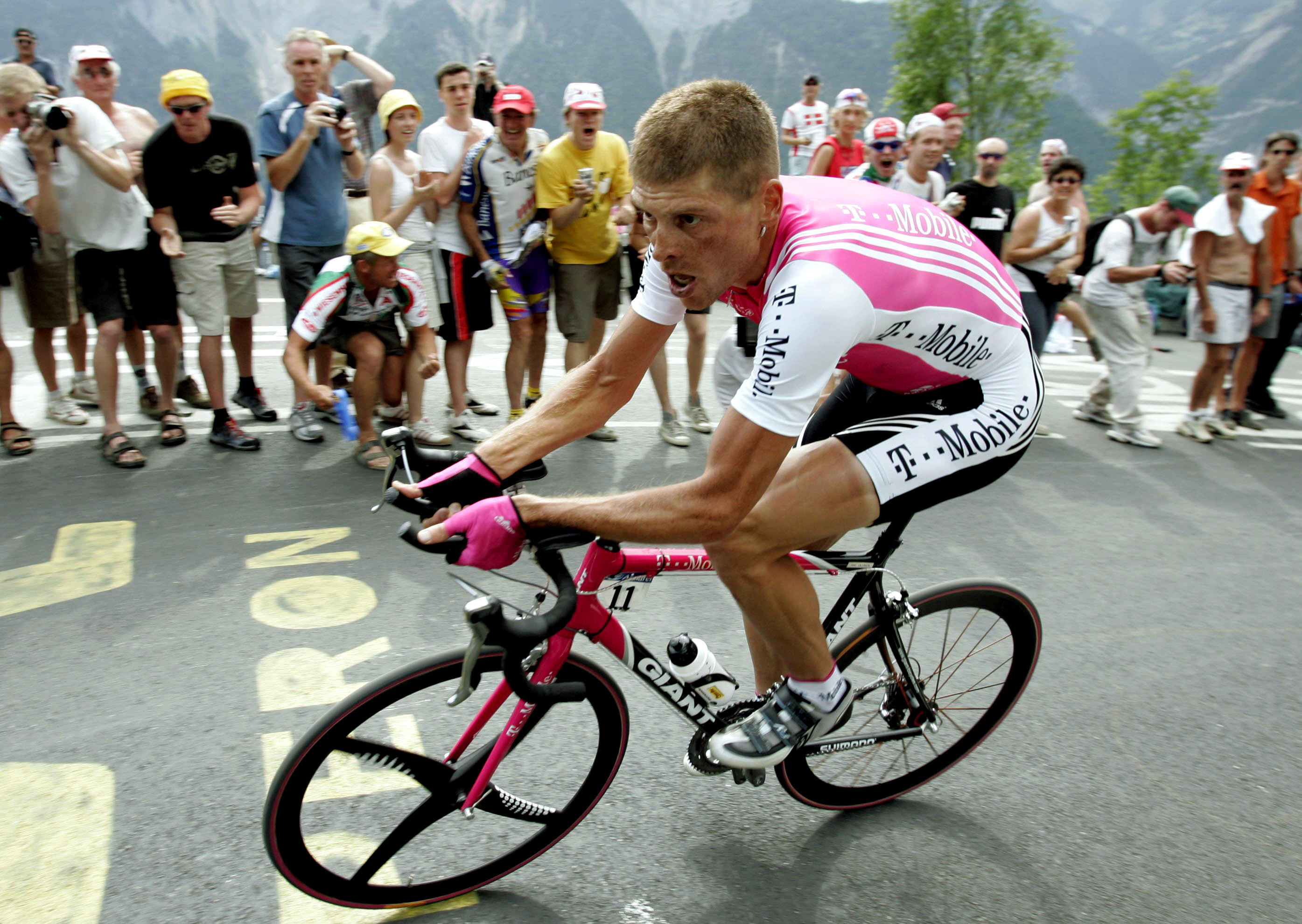
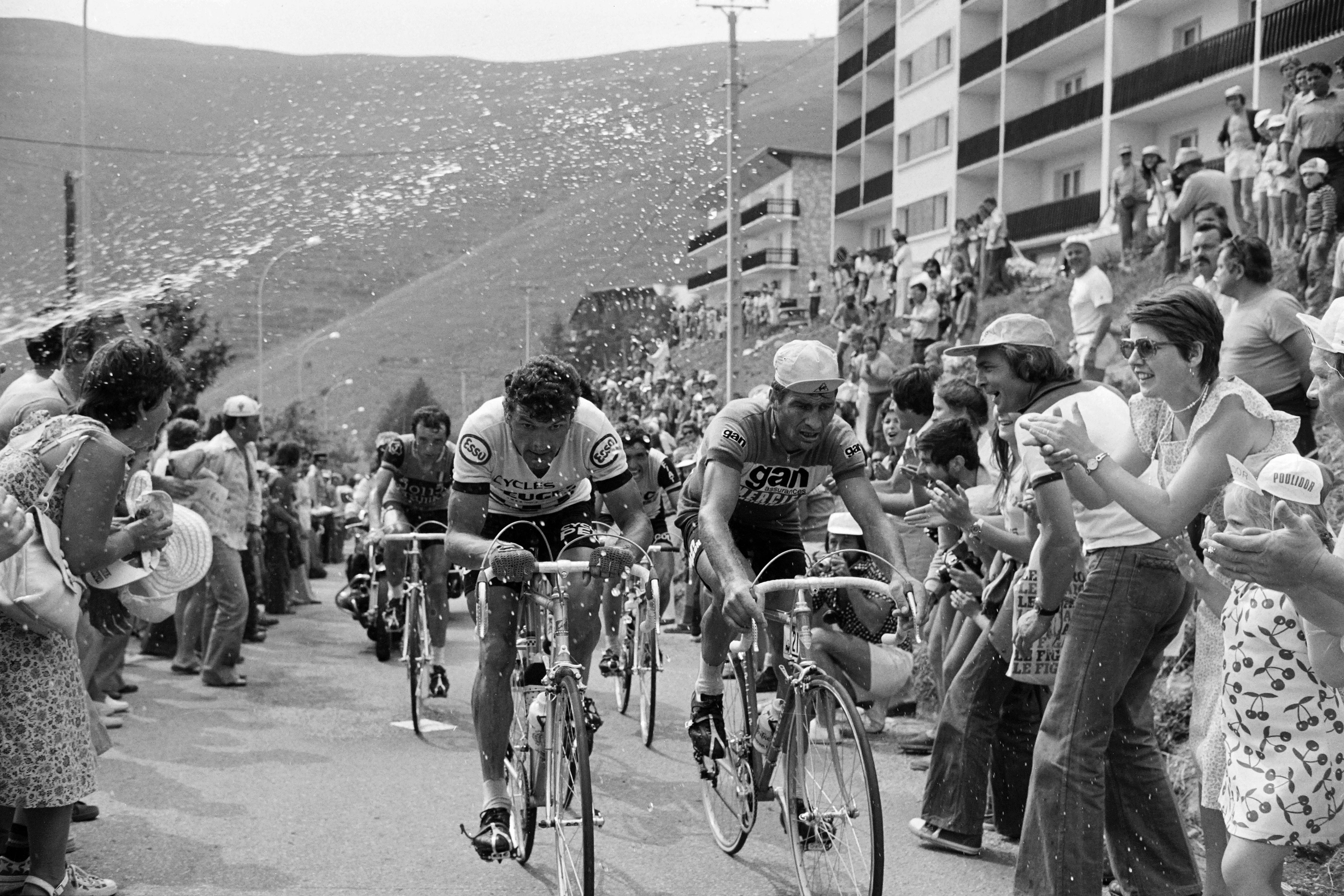
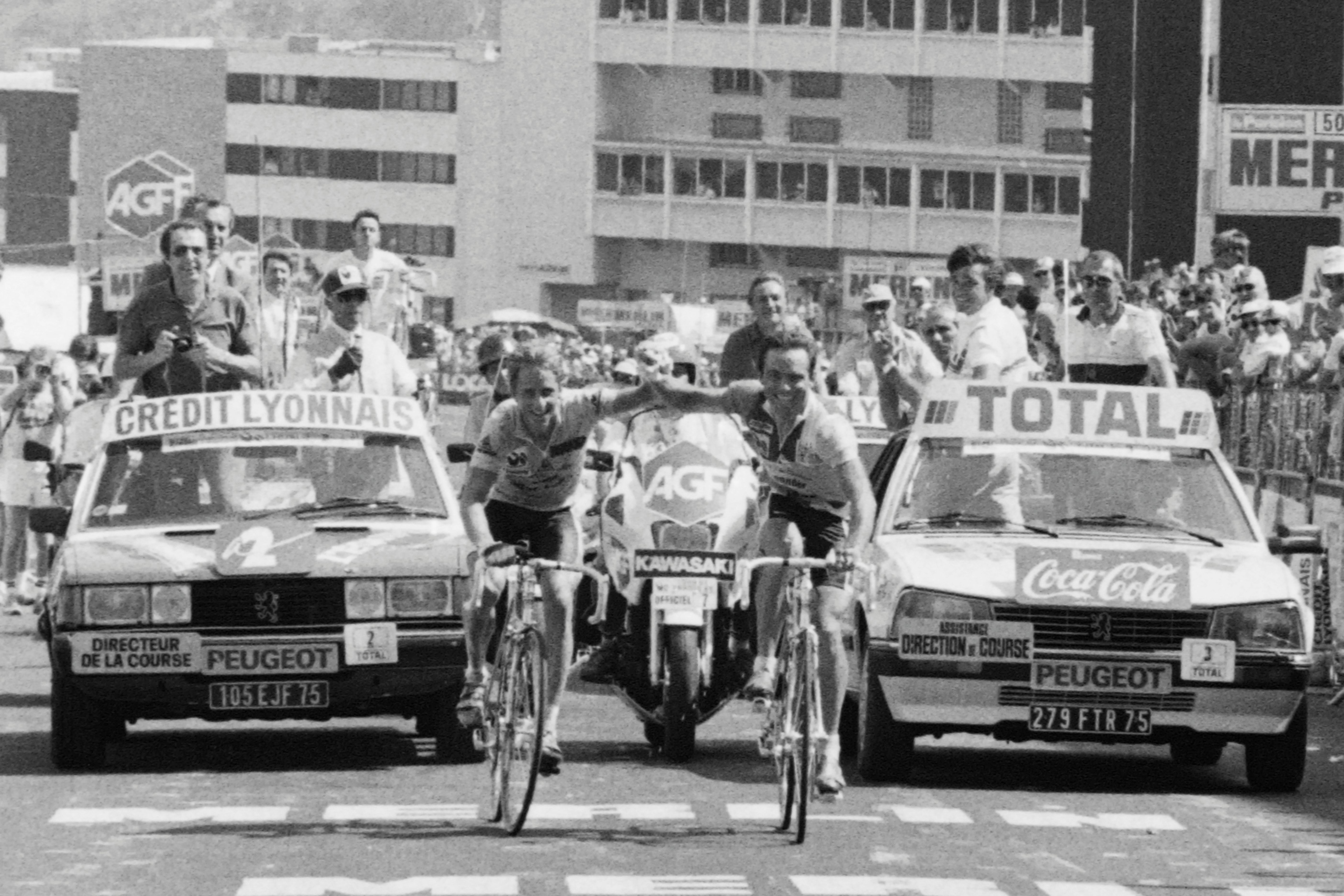
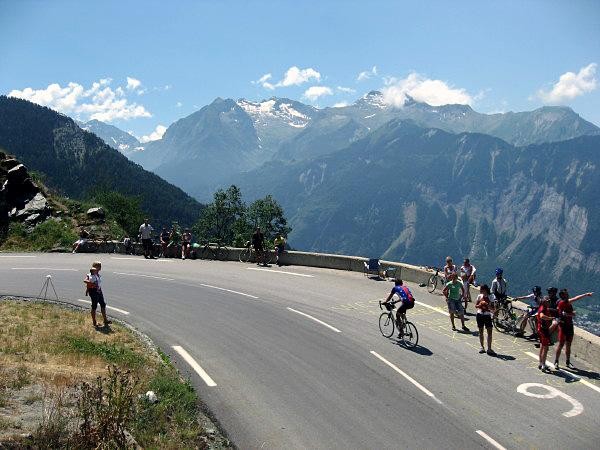
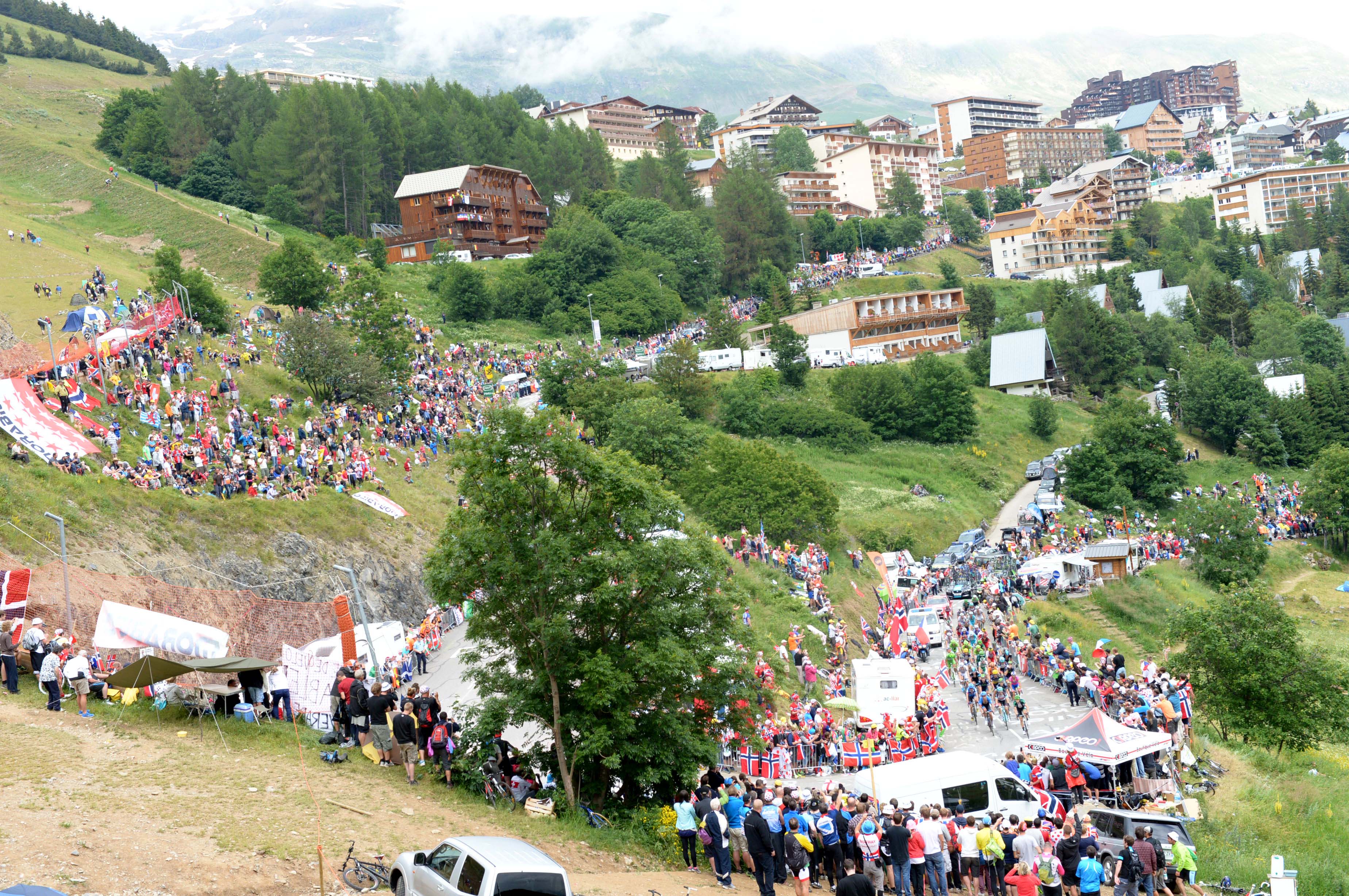
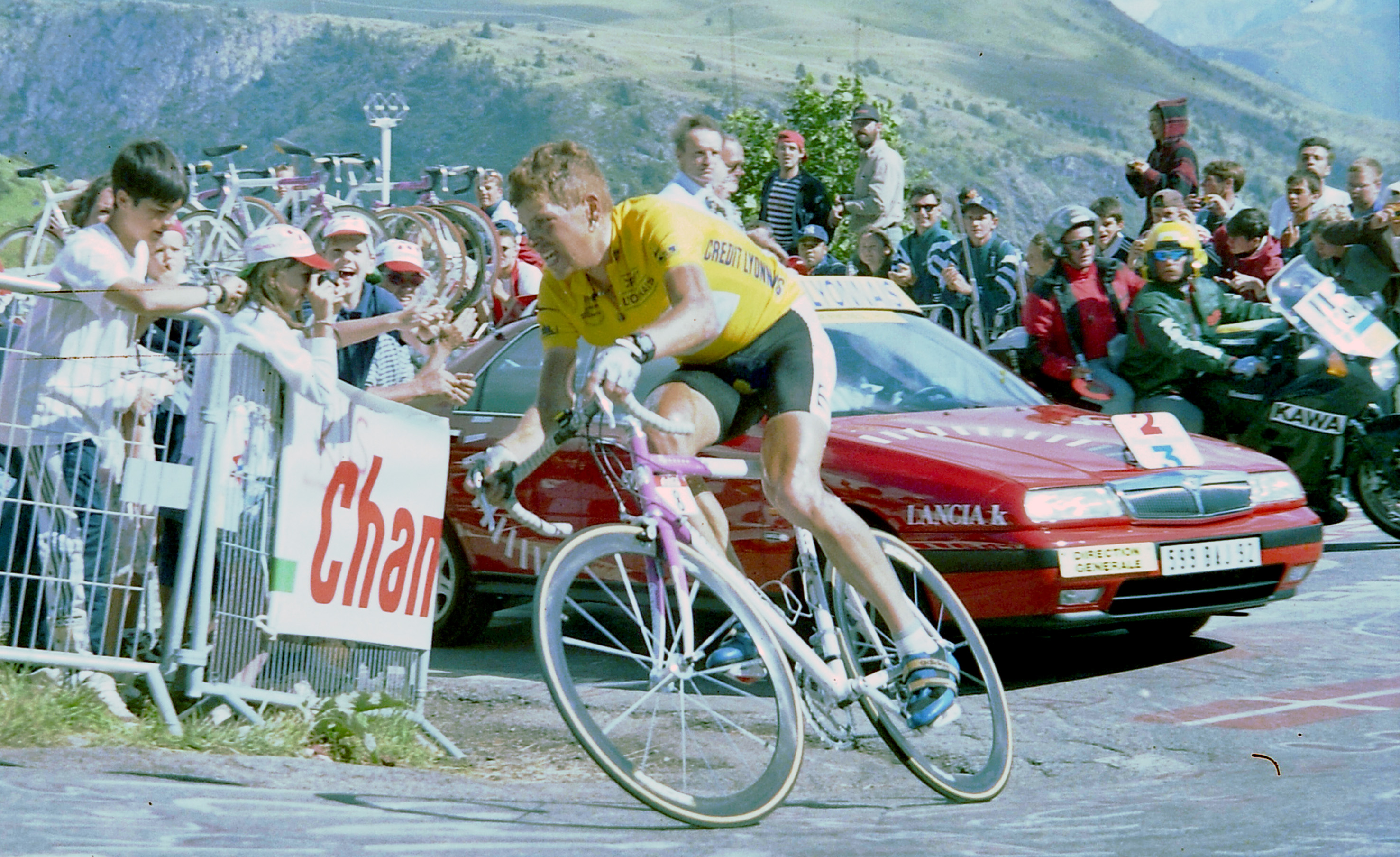
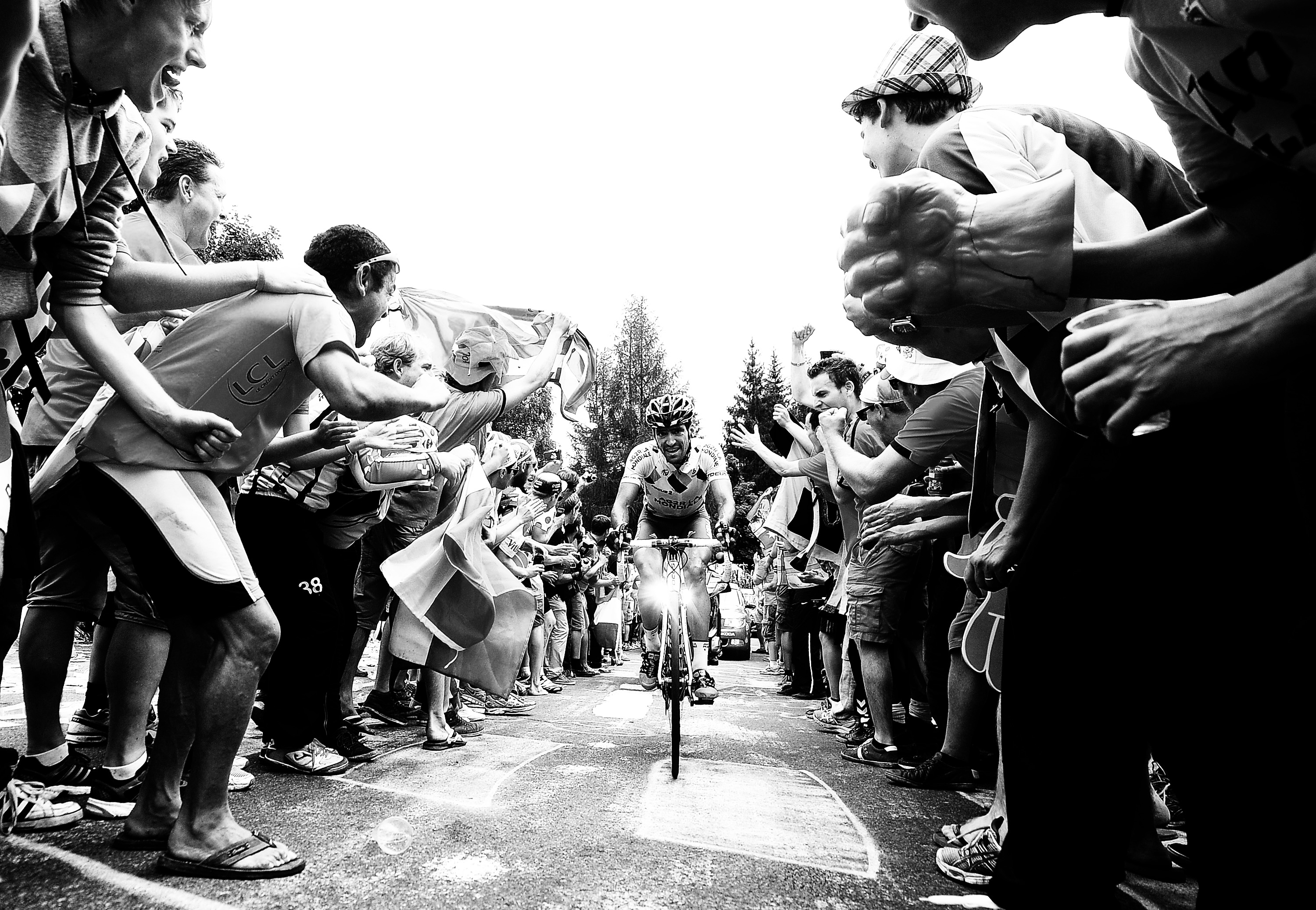
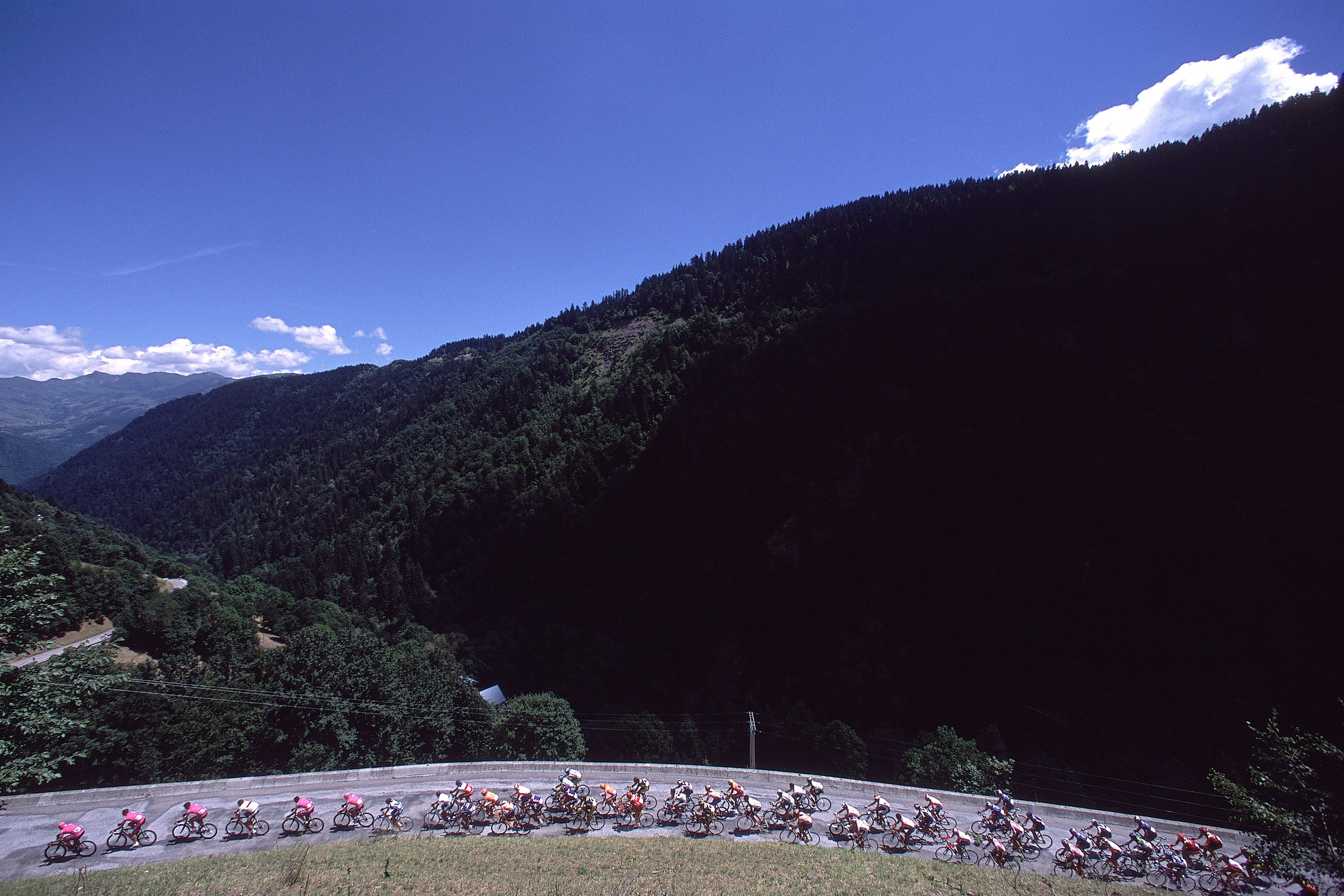
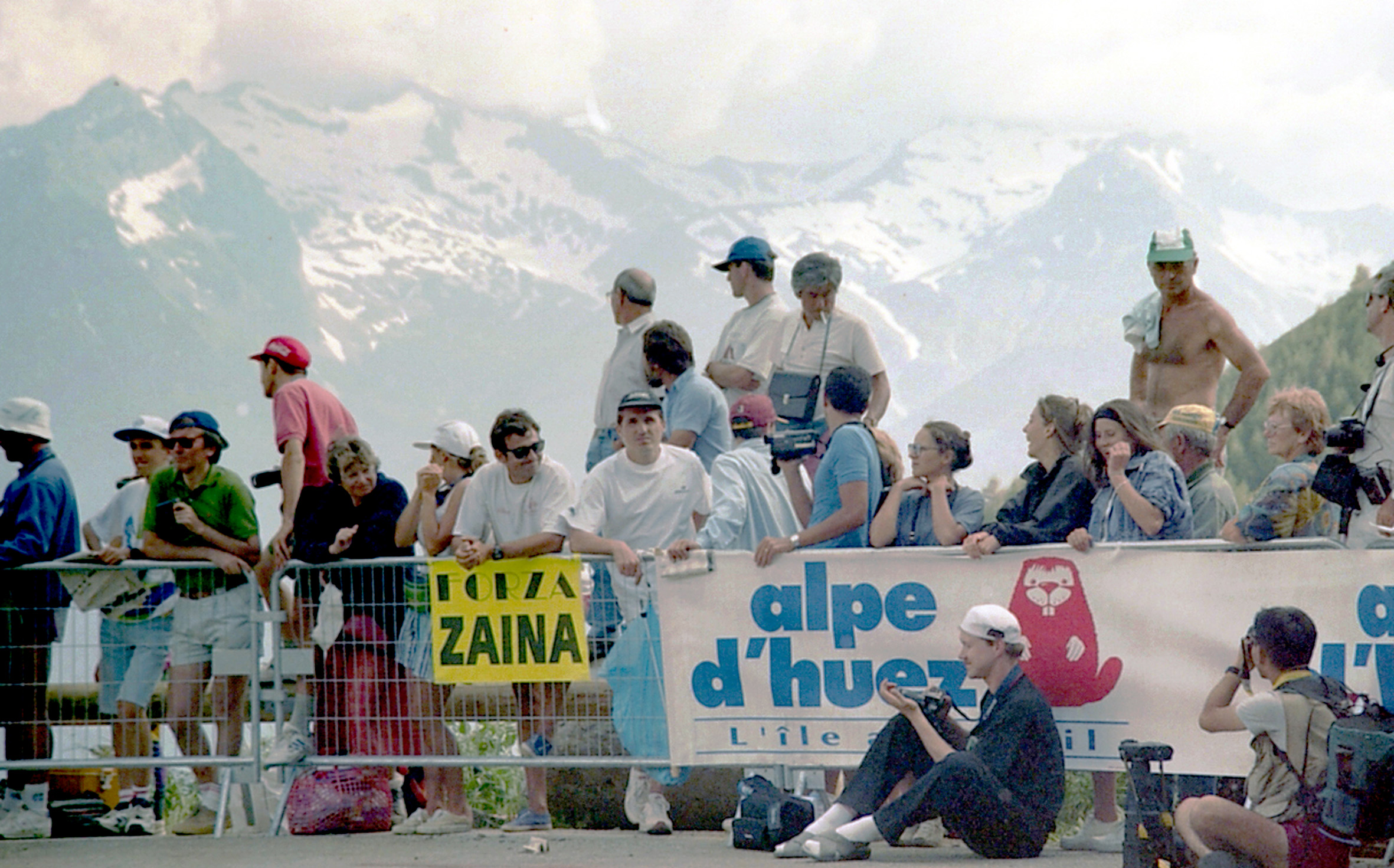
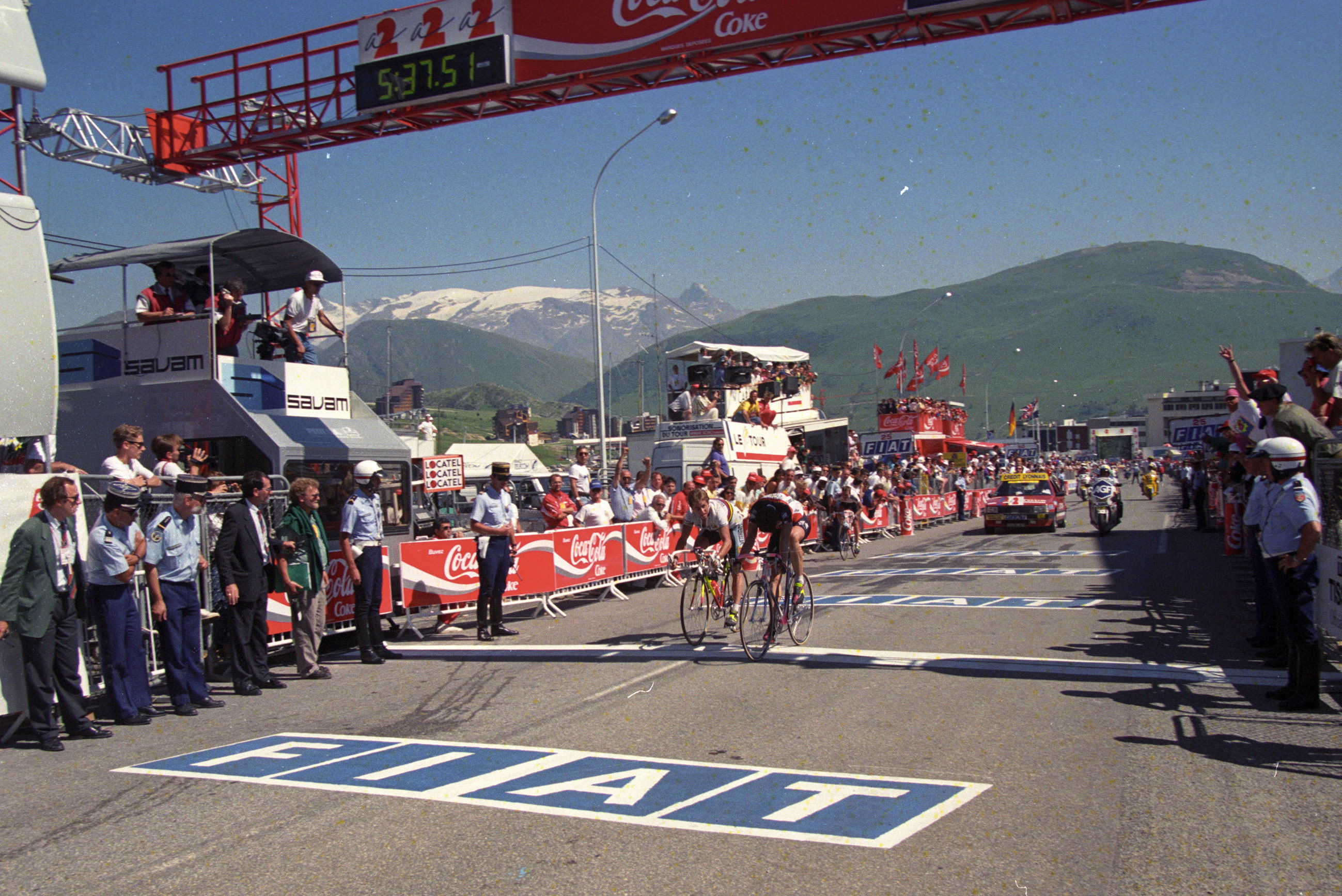
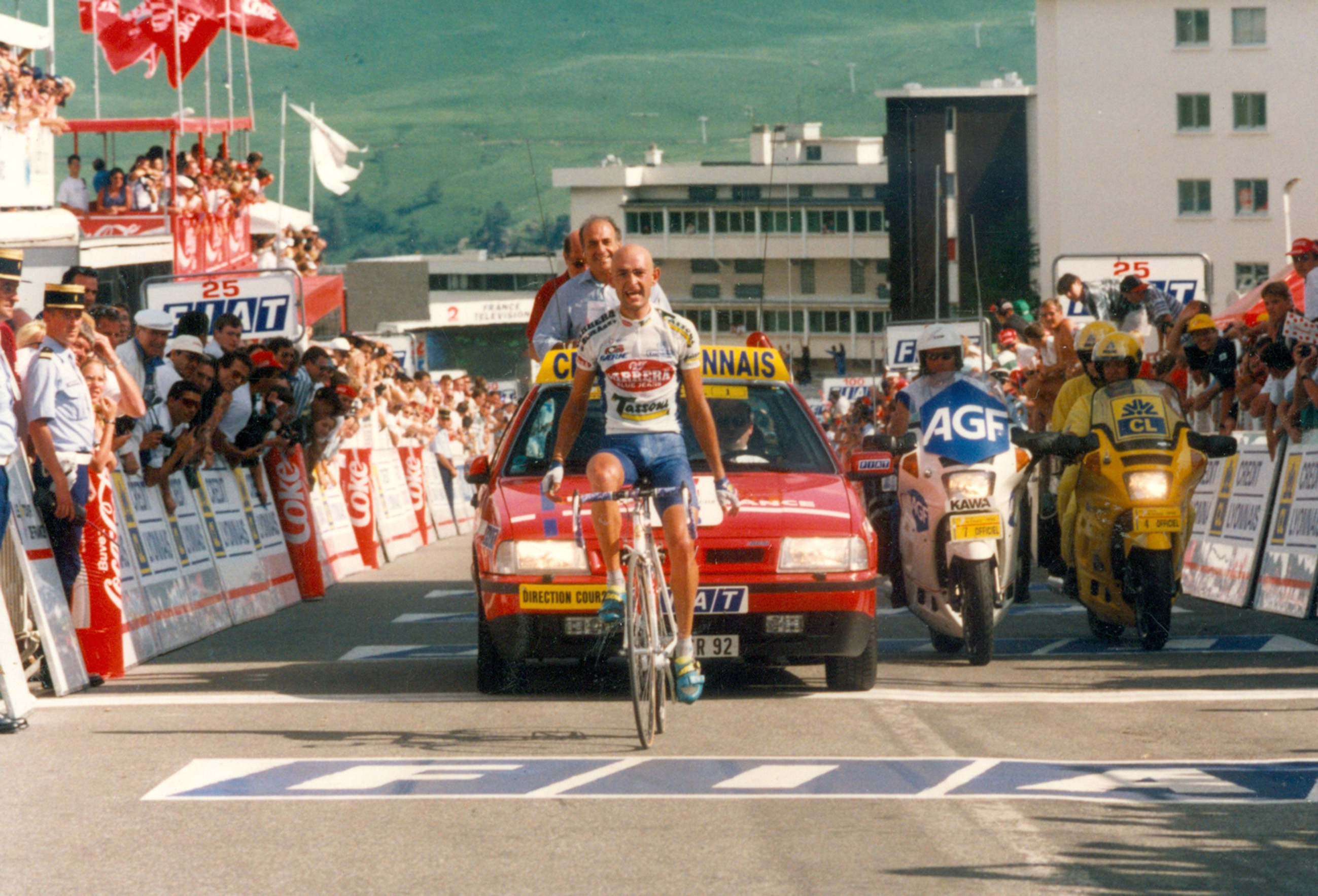
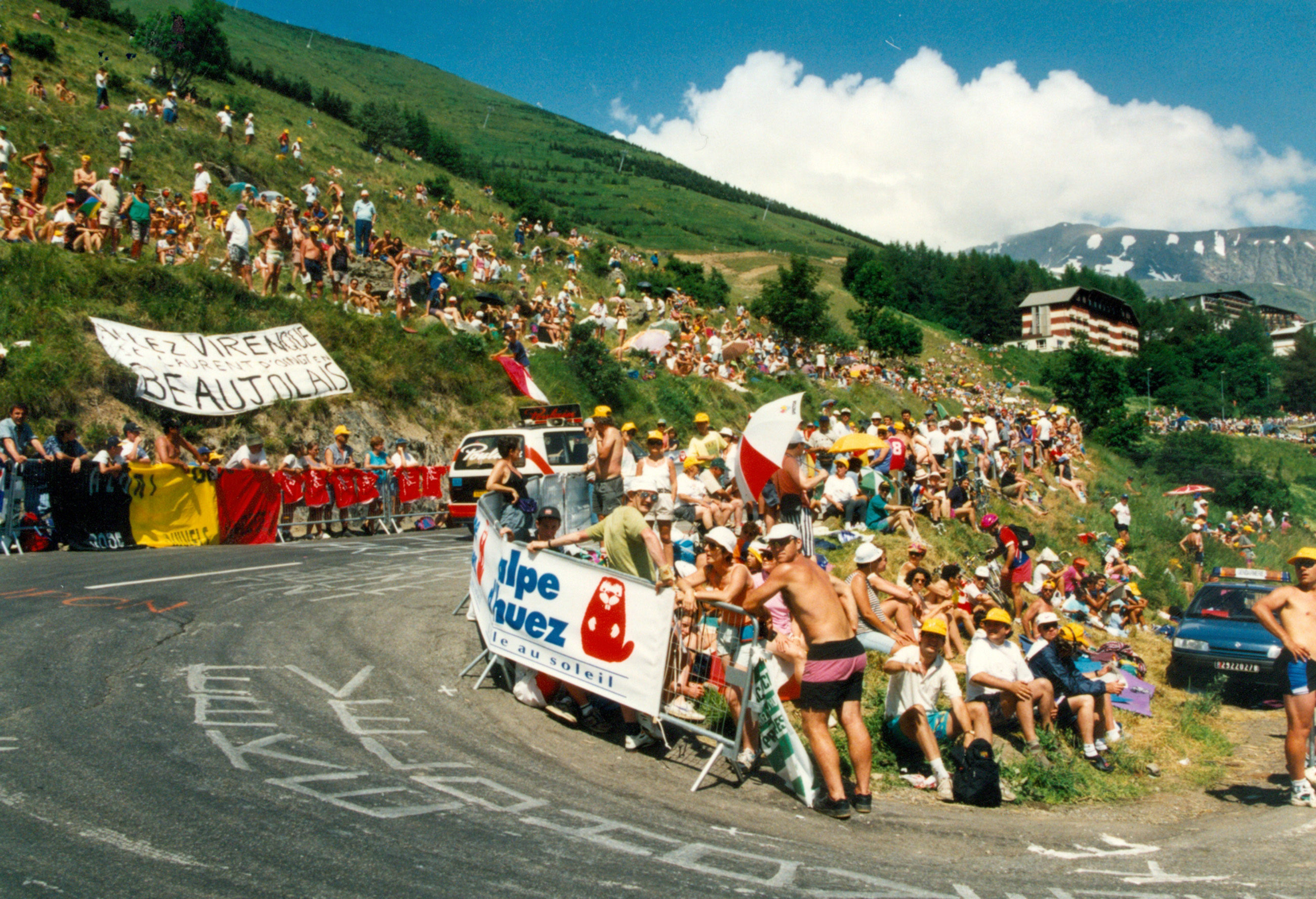
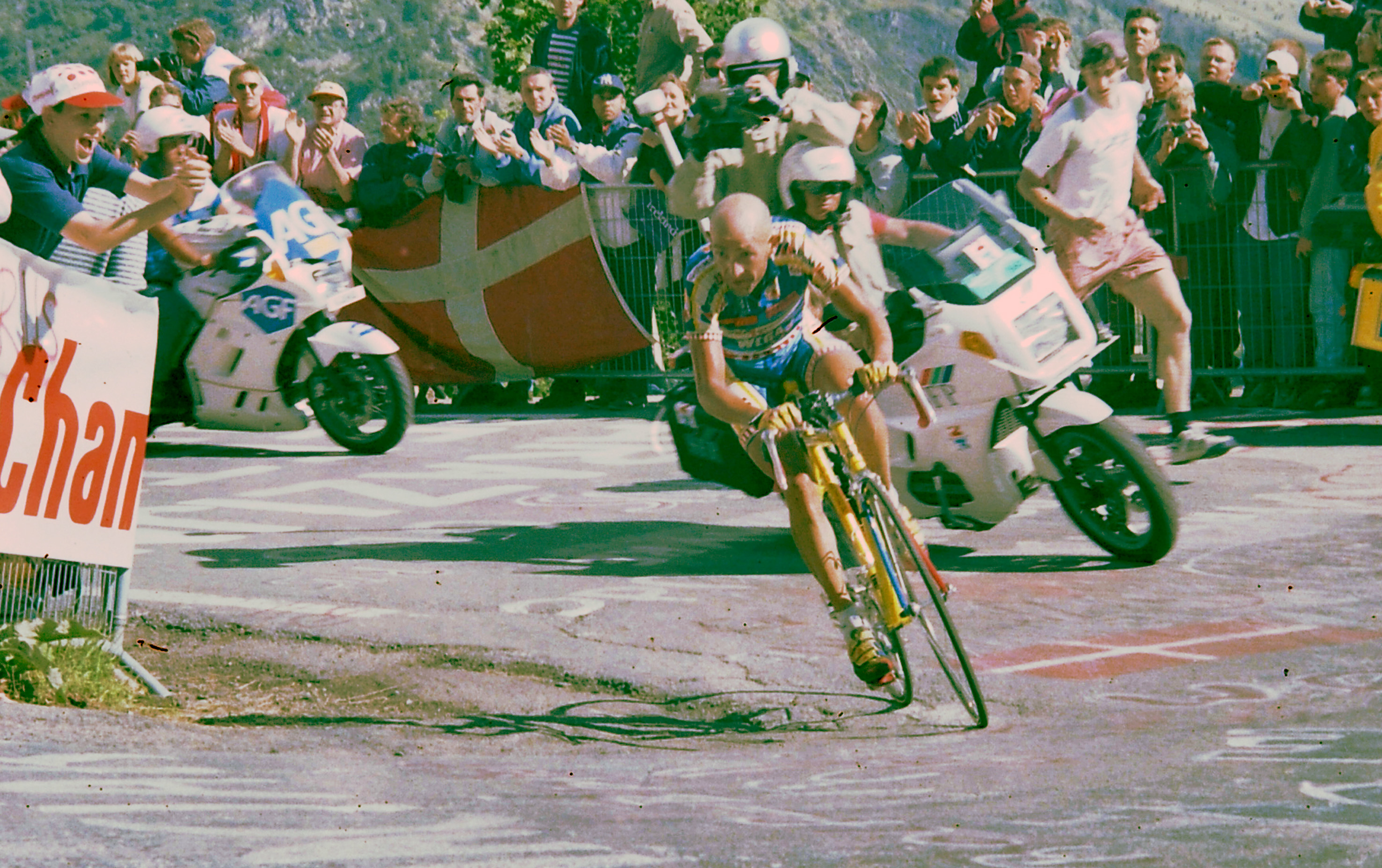
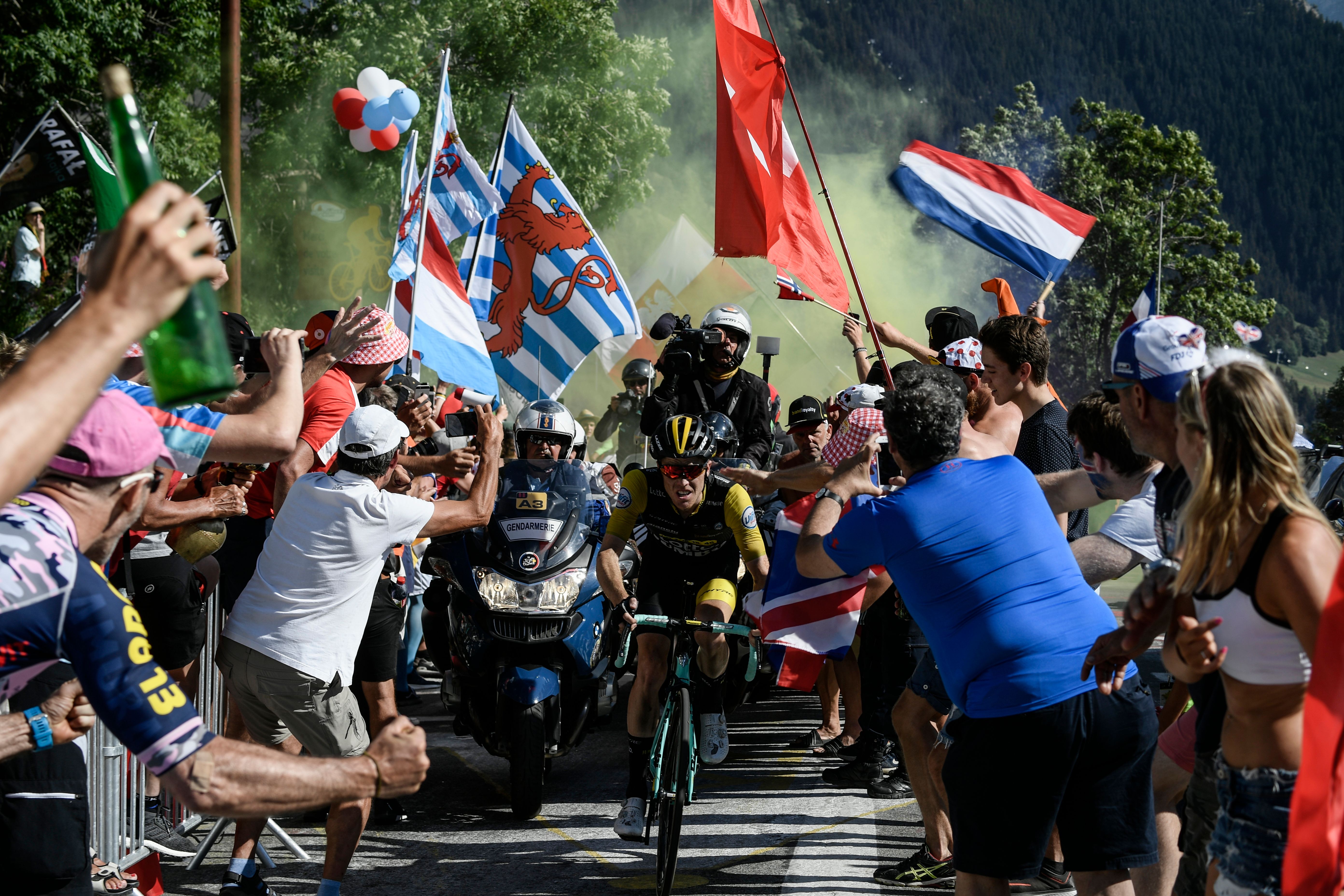
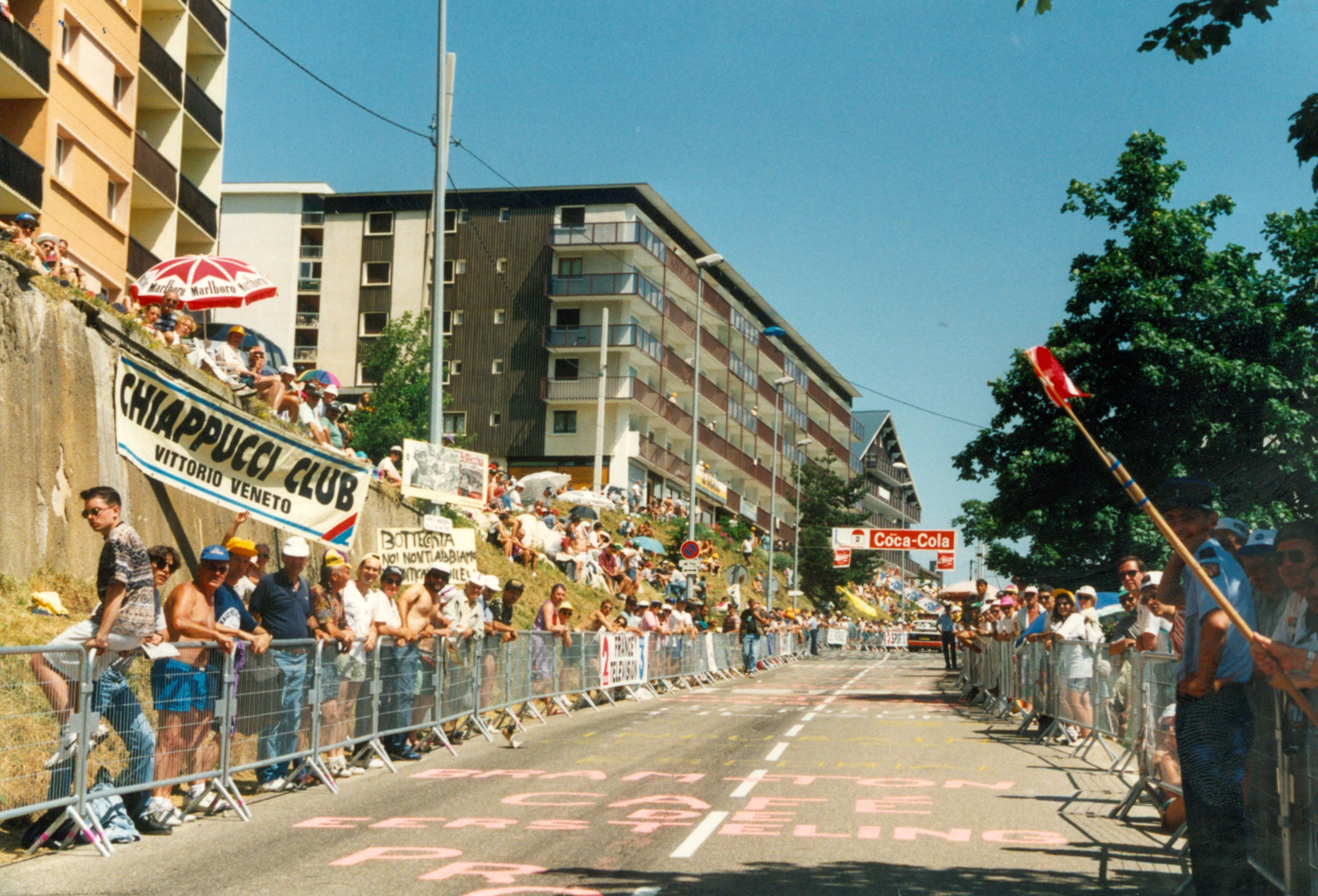

Though neither the steepest nor the longest climb in any Tour de France, the Alpe d'Huez is, by some distance, the most famous of the many mountains that have featured in the race over the years.
From the thousands of fans that line its slopes to cheer on their heroes, to the 21 numbered switchbacks each labelled with the names of former winners, Alpe d'Huez symbolizes the passion that is the Tour de France.
This year, the Tour peloton will tackle the 13.8km, 8.1% for the 31st time in its history, stretching all the way back to 1952. The 165.1km stage 12 will be the first time the Tour has visited since the 2018 edition.
Here, Cyclingnews look back at the storied history of the Alpine climb, and how it has determined the outcome of the race through the years.
Our list of ascents is far from exhaustive, but captures some of the mountain's most momentous years as a protagonist in the race.
1952

L'Alpe d'Huez changed the face of the Tour de France when it became the first ever mountain-top finish. At the end of a 266-kilometre stage 10 beginning in Lausanne, the unpaved ascent proved to be the launching pad where Fausto Coppi would return from two rather lacklustre years to take his final Tour victory.
Coppi stormed up the mountain in 45 minutes and 22 seconds - a record which would hold until 1989 - took the yellow jersey from Italian Andrea Carrea and never relinquished the lead.
Get The Leadout Newsletter
The latest race content, interviews, features, reviews and expert buying guides, direct to your inbox!
Surprisingly, 23 years went by before the Tour de France would return to the mountain, and the epic battle that ensued would make the Alpe a fixture of the race.
1976

On the Tour's second visit to Alpe d'Huez, the 258-kilometre stage 9 beginning in Divonne-les-Bains, Joop Zoetemelk and Lucien Van Impe treated the fans along the slopes to an duel all the way up the mountain. Yellow jersey Freddy Maertens was left behind as the top GC challengers including Raymond Poulidor, Francisco Galdos, Raymond Delisle, Van Impe, and Zoetemelk battled on the lower slopes of the Alpe.
Zoetemelk and Van Impe would eventually leave everyone else and battle it out in a sprint. The Dutchman took his first of two victories at the top of Alpe d'Huez, while Van Impe would take the yellow jersey and go on to win the Tour overall.
Zoetemelk would finish the Tour in second, something he ultimately did six times, but his victory started an unusual run of Dutch wins on Alpe d'Huez. To this day no country has more victories on the Alpe, and the Dutch fans usually outnumber all others on the mountain in July.
1977
In the 1977 Tour, Bernard Thévenet went into stage 17 to Alpe d'Huez (184.5 km from Chamonix) with three men hot on his heels in the overall classification: Dietrich Thurau at 11 seconds, Van Impe at 33 seconds, Hennie Kuiper 49 seconds back, and Zoetemelk 1:13.
Urged on by the Dutch fans, Kuiper put in a gutsy ride up the Alpe and took the day ahead of an equally courageous Thévenet, who held onto his yellow jersey by just eight seconds at the top of the mountain. The final time trial only extended his lead to 36 seconds, and until Greg LeMond's win in 1989, this year would stand as the closest Tour de France in history.
1979
The Tour was so enamoured with Alpe d'Huez that it was decided to climb it twice. The first time up was stage 17, which ran 167 kilometres from Les Menuires. The first trip was won by Joaquim Agostinho, the great Portuguese cycling star, who put more than three minutes into the yellow jersey Bernard Hinault. Unfortunately that didn't help him much as he was still 22 minutes back.
The next stage would begin and end at Alpe d'Huez for a 119 kilometre circuit which would give Joop Zoetemelk his second win on the mountain. In a strange bit of symmetry, Van Impe again finished second on the stage, and Zoetemelk would again finish second overall. Hinault, secure in the yellow jersey, finished a much more respectable third on the Alpe, only 47 seconds back.
Perhaps losing twice on Alpe d'Huez was not how Hinault wanted to remember his second Tour victory. On the final day in Paris, wearing the maillot jaune, he won the sprint on the Champs Elysees just for the heck of it.
1984
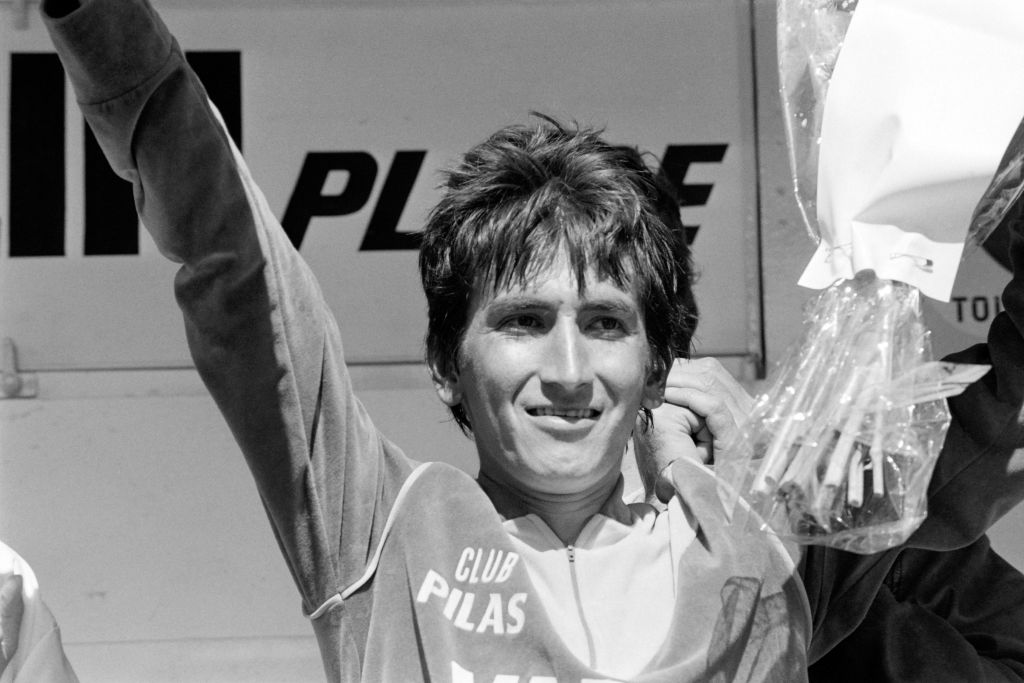
Frenchman Laurent Fignon would dominate his countryman and former teammate Bernard Hinault by more than 10 minutes to win the 1984 Tour, thanks in part to a storming ride up l'Alpe d'Huez.
Fignon took the yellow jersey from the shoulders of his teammate Vincent Barteau on the 151 kilometre stage 17 from Grenoble to l'Alpe, but it was a Columbian, Luis Herrera, who would ride into history on Alpe d'Huez as the first South American and first amateur to win a stage of the Tour de France.
Absent from the previous year's Tour, Hinault would struggle on the mountain to challenge Fignon. The revelation of the Tour, American Greg LeMond, would pass Hinault before the finish. Only Fignon would come within a minute of Herrera by the finish of the stage.
1986

The 1986 Tour de France was a battle between two men who happened to be on the same team. Early in the Tour, first Bernard Hinault and then Greg LeMond had taken the maillot jaune. By the time they reached Alpe d'Huez for the 163 kilometre route from Briançon, LeMond was in yellow with Hinault in second, and the field had been left far behind.
The stage was marked by a vicious solo attack by Hinault allegedly made to demoralize the opposition, but which added fuel to the pair's rivalry. LeMond matched the 'Badger' pedal stroke for pedal stroke, and while the two riders reached the top hand-in-hand, beaming smiles, their truce was short-lived.
The American went on to become the first American to win the Tour de France, and Hinault retired.
1987
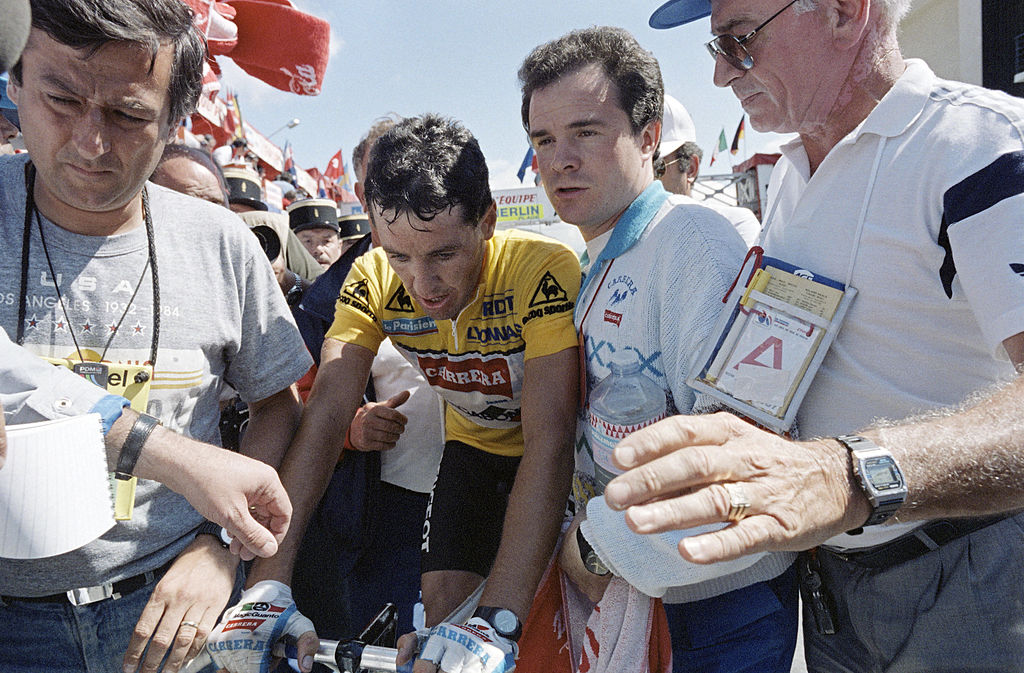
The 20th stage of the 1987 Tour, the 201 kilometre journey from Villard-de-Lans to Alpe d'Huez began with four riders in close contention for the overall. In a year where the previous edition's winner, Greg LeMond did not compete due to his hunting accident, the Tour was still wide open heading into the famous switch-backed climb.
Irishman Stephen Roche led with just 41 seconds over Charly Mottet, while Pedro Delgado and Jean-François Bernard were just over a minute back in the overall classification. But Roche faltered on the ascent, losing 1:44 to Delgado who became the new overall leader. Spaniard Federico Echave took his biggest career win on the day. Roche would gain back all the lost time and more in the final time trial and win the Tour by just 40 seconds over Delgado.
1988
The stage to Alpe d'Huez came early in the 1988 Tour, as stage 12, the 227 kilometre route from Morzine. Just as in 1987, the general classification was separated by seconds, with Canadian Steve Bauer in yellow. Delgado was down by 1:52 at the start, and managed to dislodge all of the contenders except for Dutch rider Stephen Rooks, who stayed with him all the way up Alpe d'Huez.
Climbers Fabio Parra and Gert-Jan Theunisse eventually caught the two leaders as they neared the top, but it was Rooks who sprinted away to take the stage. Delgado came in 17 seconds behind to take the yellow jersey from Bauer, who fought hard by lost the overall lead by 25 seconds. Delgado went on to win his one and only Tour.
1990

In what would be Greg LeMond's third and final Tour win, he spent much of the race chasing an unknown Italian named Claudio Chiappucci. The stage to Alpe d'Huez provided LeMond one of his first opportunities to get back some time. On the 182.5 kilometre route from St. Gervais, Chiappucci was dropped on the Alpe.
LeMond, Gianni Bugno, Erik Breukink, Fabio Parra, and Thierry Claveyrolat stormed into the final corner before the short climb up to the finish. LeMond skidded hard into the turn and ended up in front, giving the perfect lead-out to Bugno who took the victory, and gained 1:26 on Chiappucci.
Still over seven minutes behind the Italian after Alpe d'Huez, LeMond would use the normally not so decisive stage to St. Etienne to gain five minutes on him. He then sealed the deal in the Pyrenees, coming out of the mountains just five seconds in arrears and then finishing Chiappucci off in the final time trial with ease.
1991
In the first year of Miguel Indurain's reign, the stage to Alpe d'Huez came on stage 17 and was just 125 kilometres in length, leaving from Gap. Indurain had already gained three minutes on his nearest competitor by the start of the day. It would be Gianni Bugno who would battle with Indurain to the top of Alpe d'Huez.
For much of the climb, Jean Francois Bernard paced his Banesto team leader and the pack up the mountain. Eventually Bugno, Indurain, and Luc LeBlanc would leave the rest behind. In what would be a preview of the World Championships later that year, Bugno out-sprinted Indurain to the line to take his second victory on top of Alpe d'Huez.
1992
The only American to ever win the Giro d'Italia, Andy Hampsten was never able to achieve the same level of success in the Tour de France. But in his last Tour, he put it all together and had one of his greatest rides on Alpe d'Huez. Reaching the bottom of the mountain with a five-man lead group, Hampsten shed them one-by-one and soloed to victory. He would go on to finish his final Tour de France in fourth place overall, the same position he had finished his first six years before.
Indurain was already in the yellow jersey when the Tour hit its 14th stage, this year a proper length from Sestriere of 186.5 kilometres passing over the Col du Galibier and La Croix de Fer. Big Mig wasn't too concerned with Hampsten who was over 11 minutes down on GC.
1995

Marco Pantani was a revelation when he arrived at the Tour de France in 1994, but in spite of his incredible climbing abilities he didn't win a stage. So when he hit the bottom of Alpe d'Huez the next year, he raced up the mountain faster than anyone before or since.
Dancing out of the saddle in his typical style, he passed rider after rider until he had ridden everyone off his wheel. Pantani was so focused on the win that he nearly missed the final corner, and yet he still beat Miguel Indurain and Alex Zulle by almost a minute and a half.
Despite Pantani's antics, the Alpe was not terribly decisive as the Tour's 10th stage, since Indurain could not gain time on Alex Zülle and Bjarne Riis on the 162.5 kilometre stage from Aime La Plagne.
1999
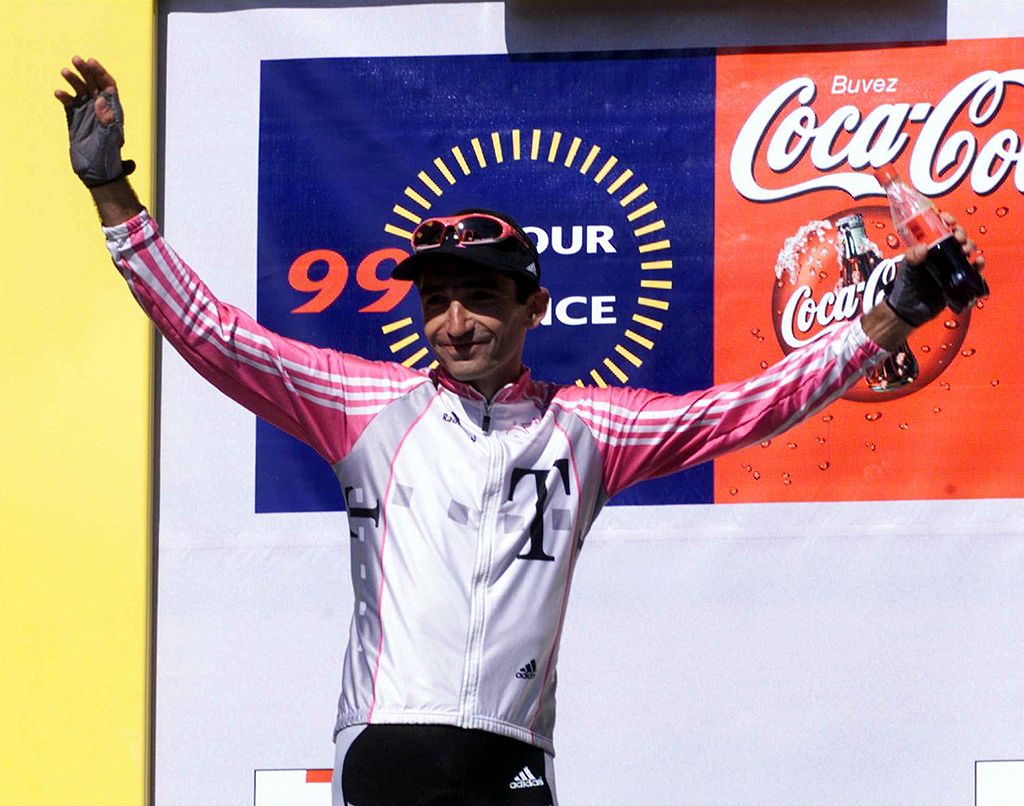
Giuseppe Guerini's win atop Alpe d'Huez will most likely be remembered for one thing: the unfortunate fan that knocked him off his bike. Nearing the top of the climb with riders like Lance Armstrong and Pavel Tonkov in hot pursuit, Guerini crashed into a fan that had stepped out of the crowd to snap a photo. Quickly back on his bike, Guerini was still able to celebrate his greatest victory with about 20 seconds to spare.
Armstrong already had the yellow jersey in a stranglehold despite the fact that day to Alpe d'Huez was only the 10th stage. He'd stormed to Sestrieres the previous day and already had six minutes on Abraham Olano at the start of the 220.5 kilometre stage. In 2012, Armstrong would be stripped of his Tour de France victories by the US Anti-Doping Agency.
2001
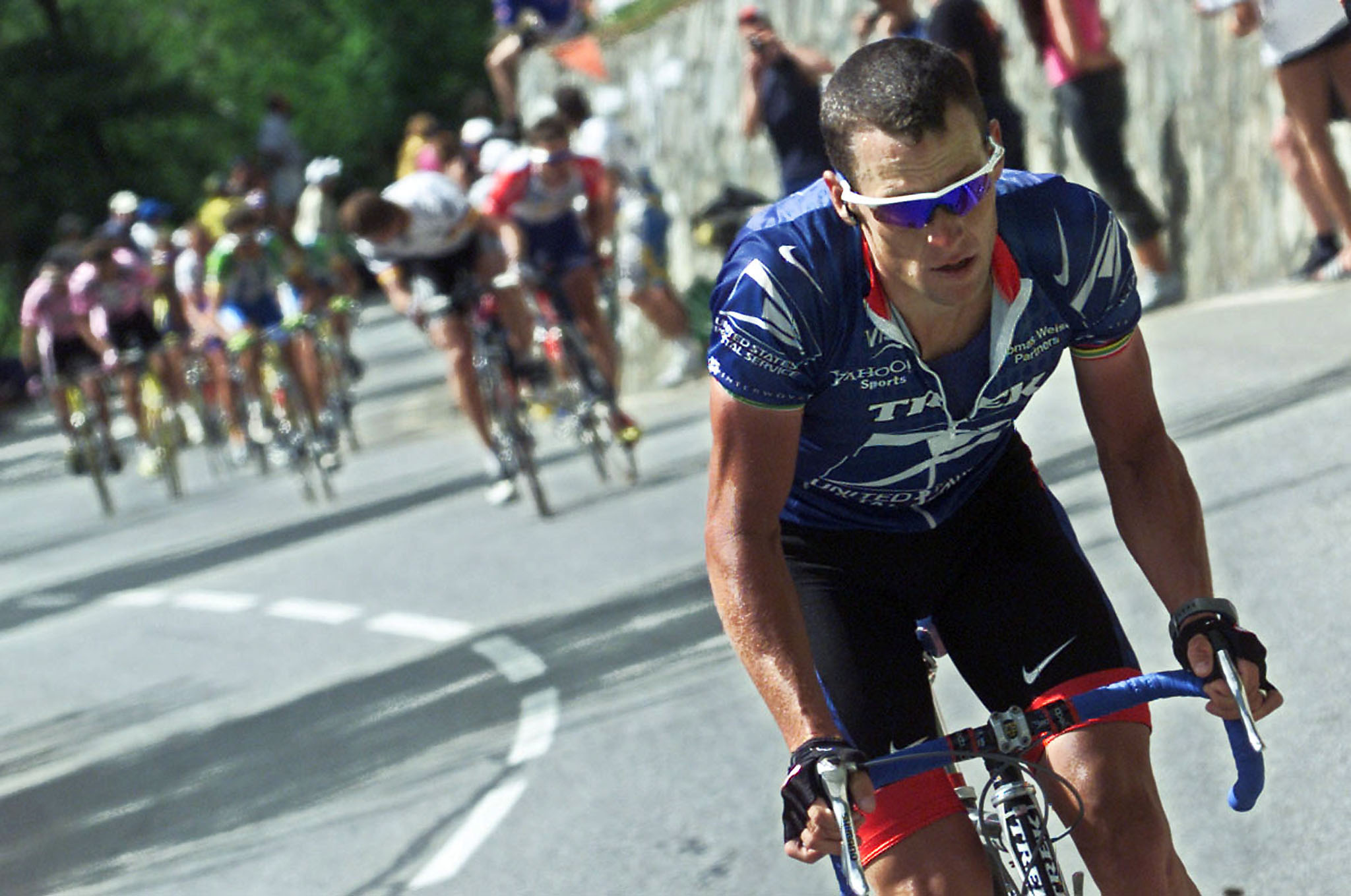
This was the year a large breakaway was given a somewhat ridiculous 36 minutes, and Stuart O'Grady was in yellow heading into Alpe d'Huez, the 209 kilometre 10th stage from Aix les Bains. After playing possum for much of the stage to Alpe d'Huez, Armstrong reached the final climb in a group containing his arch rival, Jan Ullrich.
Leading the way up the mountain, Lance turned to look behind him, and seemed to gaze directly into the eyes of Ullrich. After cycling's most infamous stare, Armstrong turned around and raced away to win on top of the Alpe by nearly two minutes over the German.
Armstrong later claimed that he wasn't looking specifically at Ullrich, but actually to see where his teammates and the rest of his competitors were. While that GC battle was won, Armstrong didn't take the yellow jersey until three stages later after an epic day in the Pyrenees ending on the Pla d'Adet.
2004
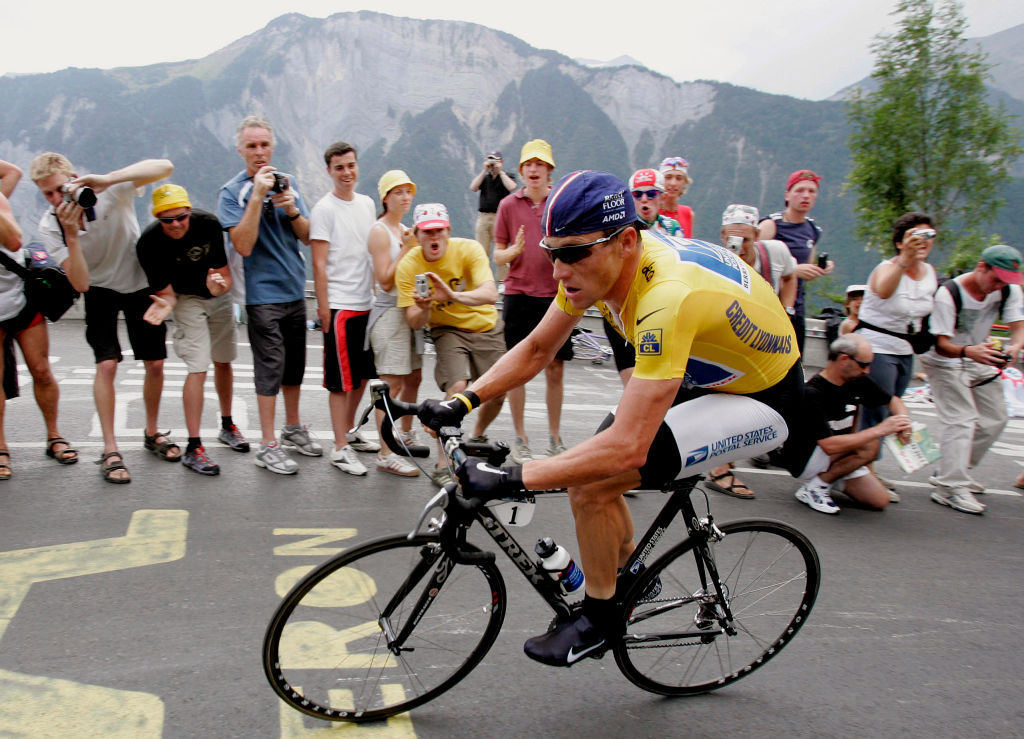
Alpe d'Huez normally draws some of the largest crowds of any stage in the Tour de France, but perhaps no day saw more people on the mountain than on the stage 16 individual time trial. The estimated 900,000 fans were able to cheer on each of the 157 survivors as they raced up the mountain one-by-one.
Perhaps no one has suffered more on the climb than Jens Voigt. One day earlier, Voigt, a team-mate of second placed Ivan Basso, single-handedly dragged a group containing Lance Armstrong and Basso back to Jan Ullrich, who had broken away. German fans, apparently unaware that Voigt's paycheck came from his CSC team, were incensed that a fellow countryman had chased down Ullrich. They let him have all the way up Alpe d'Huez as he raced his time trial, an unprotected target for their jeers of 'Judas' and 'traitor'.
Ultimately all of those voices cheered Lance Armstrong as he made another quite literally "incredible" ride up the mountain, already in yellow after his 'no gifts' sprint in the previous stage. At the end of the day, Armstrong had put a minute into Ullrich, and nearly two and a half into Basso, putting to rest any doubt about whether he would win a record sixth Tour de France - only to later break another record of losing all six in a single day.
In 2012, Armstrong would be stripped of all of the above Tour de France victories by the US Anti-Doping Agency and no winner was named in his place as Ullrich had also been banned as part of the Operación Puerto doping scandal.
2006
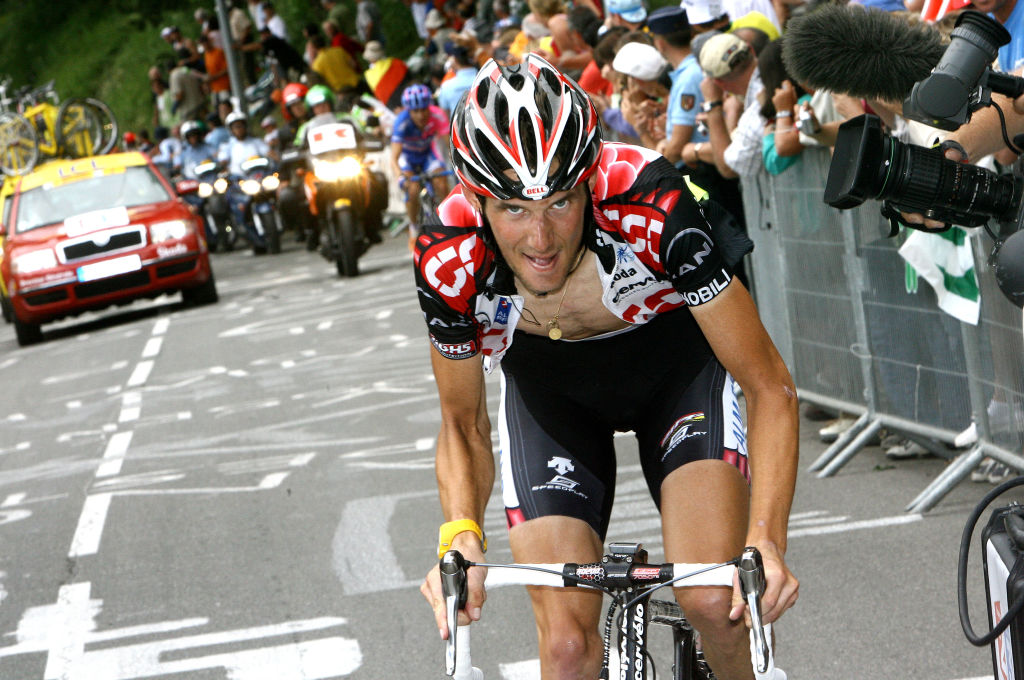
The 2006 ascent Alpe d'Huez was a day for Fränk Schleck. That day, Oscar Pereiro was in yellow as the Tour traversed the 187 kilometre stage from Gap, having taken the yellow from Floyd Landis after making a break which held a 30 minute gap on stage 13.
On stage 15, Schleck made the early breakaway, and survived the push of the GC contenders along with Damiano Cunego and then out-sprinted his Italian companion to take the win. Landis took over the yellow jersey, but the courageous Pereiro limited his losses and stayed within 10 seconds of the American, and the rest is history.
2013

Certainly the 2008 and 2011 ascents of L'Alpe d'Huez were not without excitement, but the 2013 ascent was truly historical. For the first time in the race's history, there would be two ascents on a single day.
L'Alpe d'Huez has been climbed twice in the same Tour de France previously but that was on two consecutive days in 1979 with Joaquim Agostinho winning the 17th stage followed the next day by Joop Zoetemelk. In 2010, for the centennial of the Pyrénées's inclusion in the Tour, the Tourmalet was also on the menu two days in a row. But for the first time in the history of the world's biggest race, spectators were able to enjoy watching the show on a gruelling climb twice on the same day.
As anyone who had seen the bustling growth of Dutch corner over the years may have predicted, it made for a true party on the Alpe.
That day, on stage 18 of the race, Christophe Riblon won the stage from the breakaway, while Nairo Quintana got the better of Chris Froome, though it didn't manage to put a dent in the Brit's GC lead. Not that many of the spectators would remember.
The two would do battle again in 2015, where Quintana once again broke loose of Froome, and on that day (stage 20) edged to only 1:12 off the yellow jersey - a margin he carried into Paris.
2018

When Geraint Thomas won the Tour de France in 2018, no doubt the most iconic moment of his victory came atop the Alpe.
The Welshman reached the finish of the legendary 13.8km climb with a select group of four others, and opened his sprint with 300 metres to go after the decisive left turn, crossing the line ahead of Tom Dumoulin and Romain Bardet, while Chris Froome trailed in fourth.
Thomas increased his lead on Froome, though the Welshman insisted his teammate was still the Ineos team leader. Winning so emphatically atop such a historic climb, onlookers wondered if that could really be true. As history would have it, Thomas led all the way to Paris.

Peter Stuart has been the editor of Cyclingnews since March 2022, overseeing editorial output across all of Cyclingnews' digital touchpoints.
Before joining Cyclingnews, Peter was the digital editor of Rouleur magazine. Starting life as a freelance feature writer, with bylines in The Times and The Telegraph, he first entered cycling journalism in 2012, joining Cyclist magazine as staff writer. Peter has a background as an international rower, representing Great Britain at Under-23 level and at the Junior Rowing World Championships.